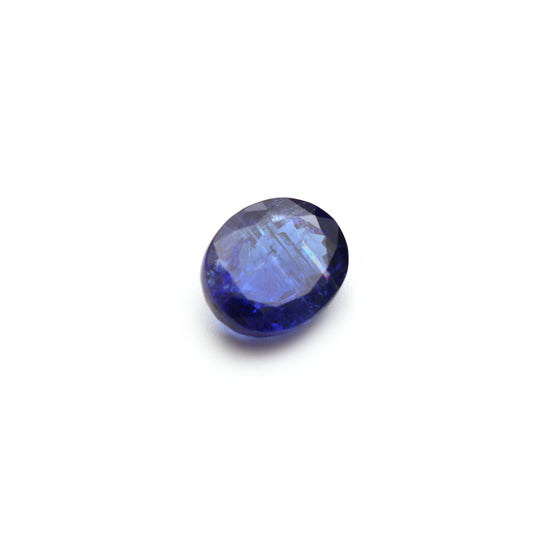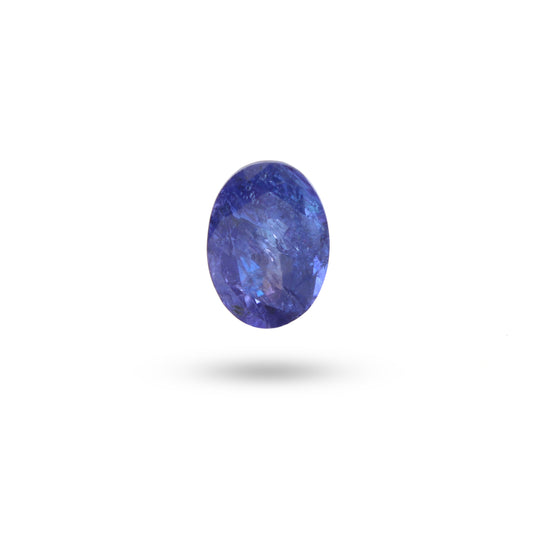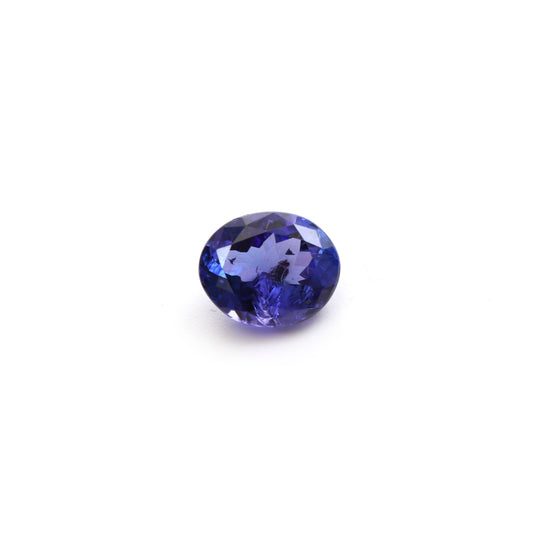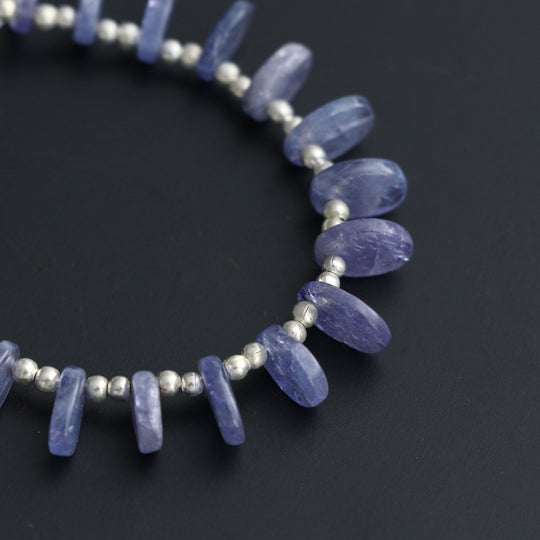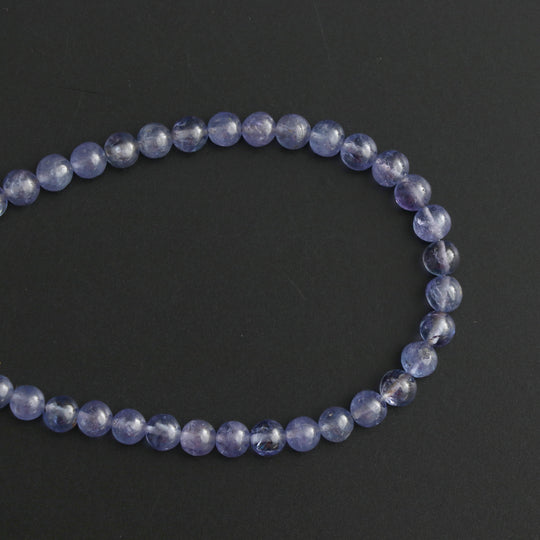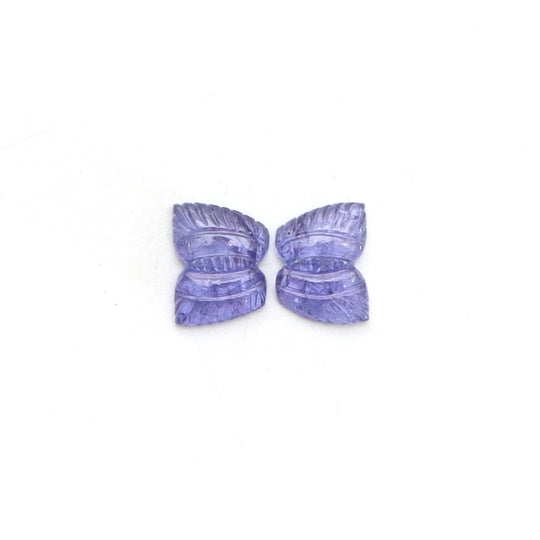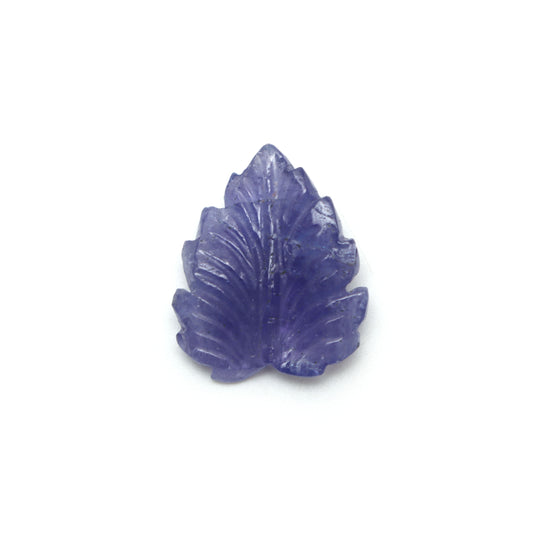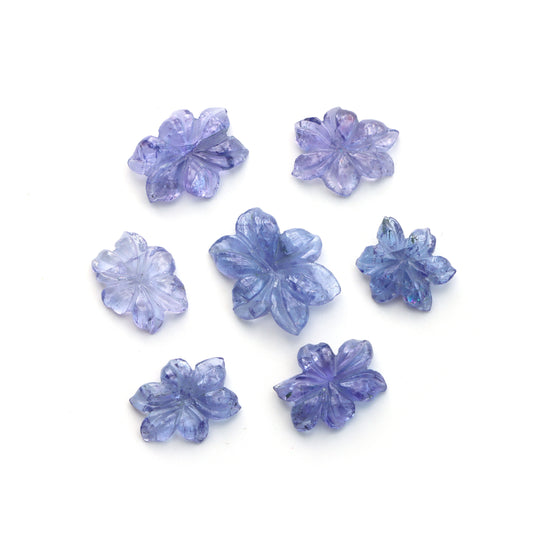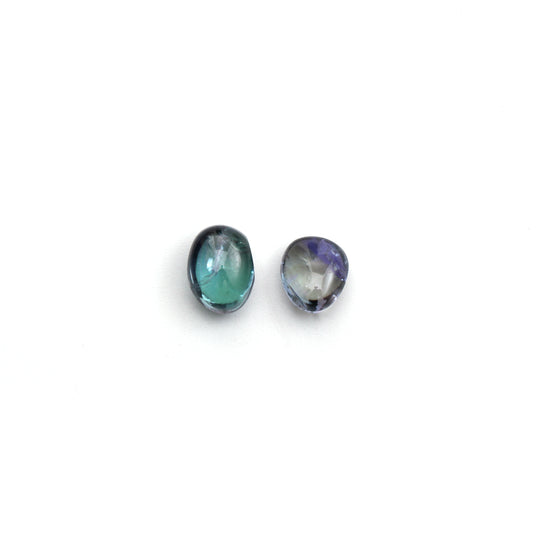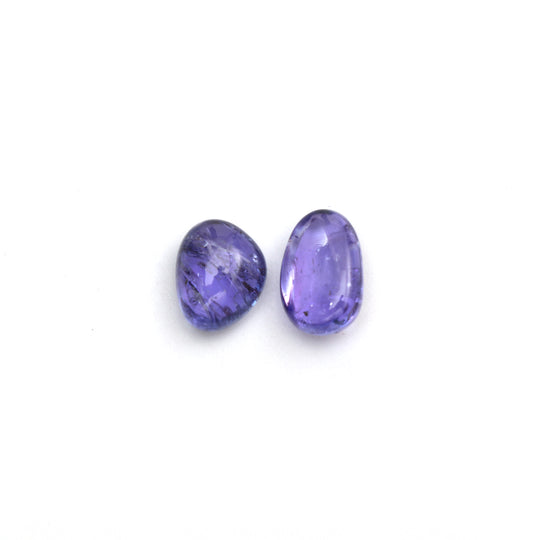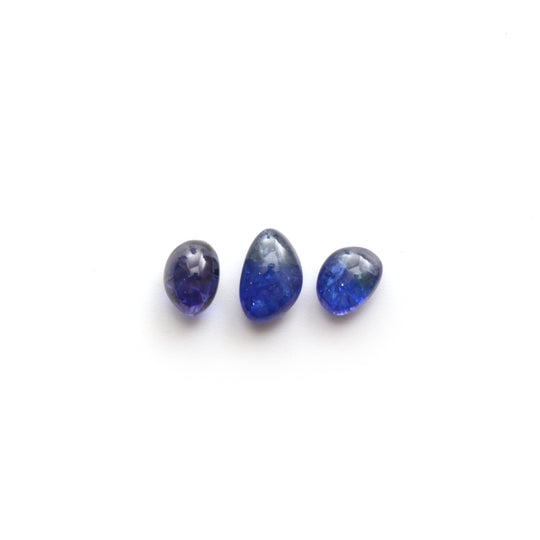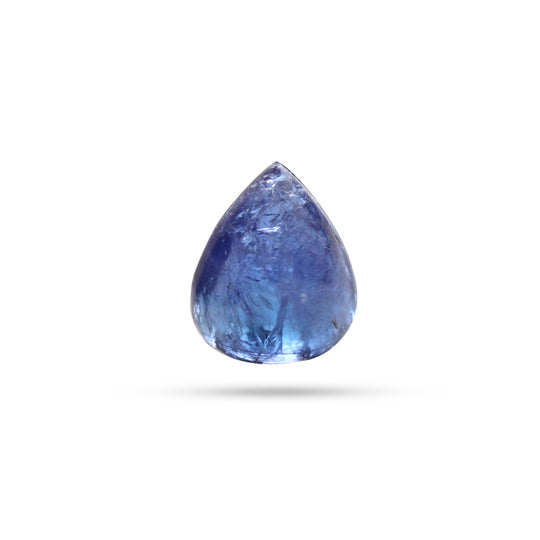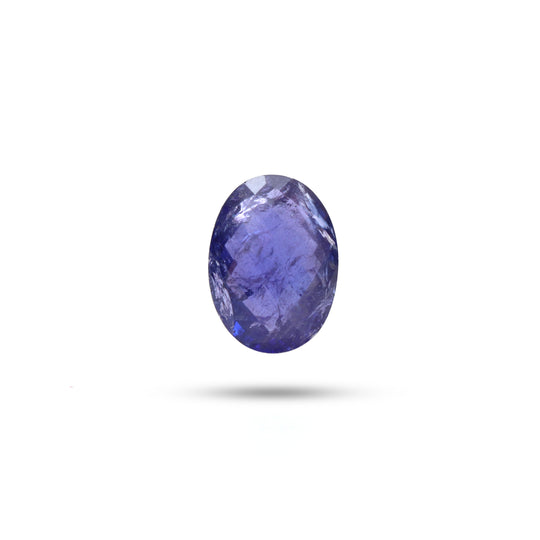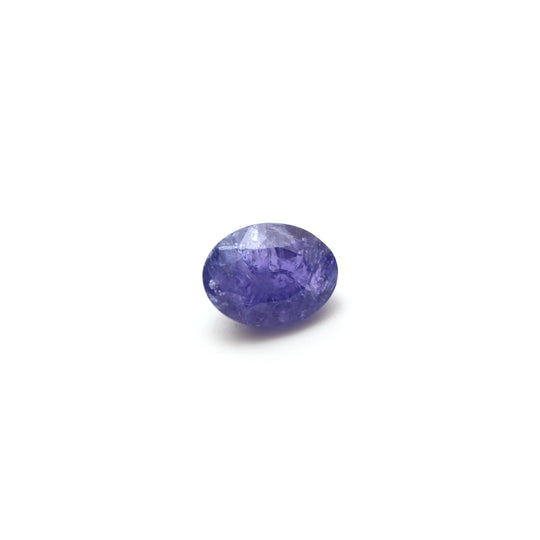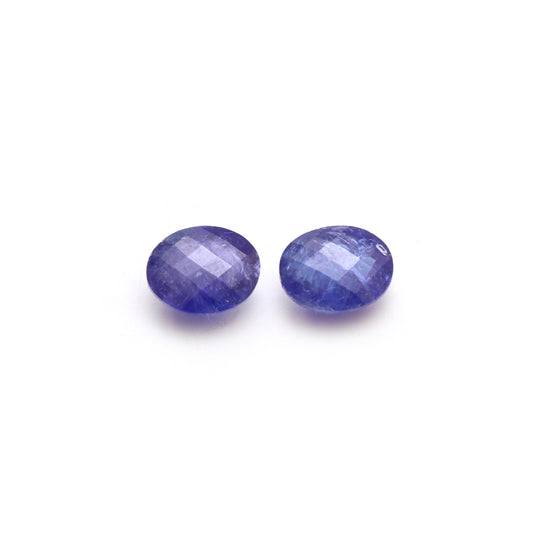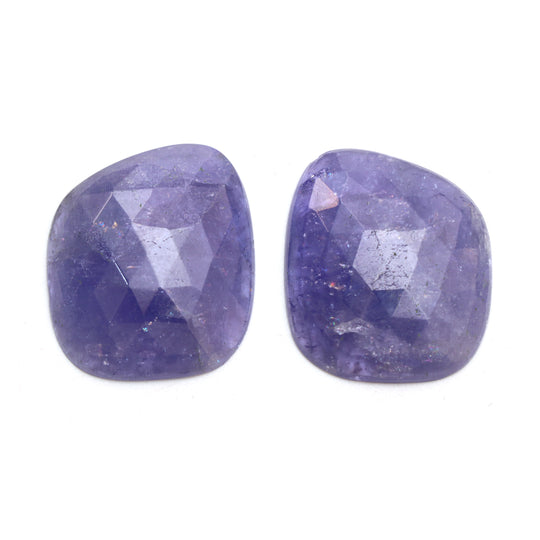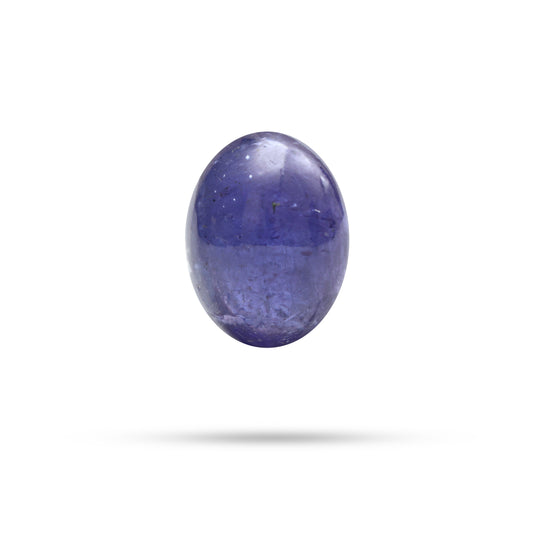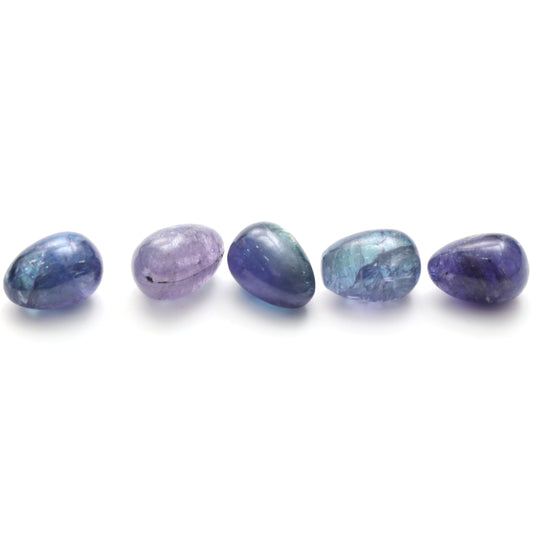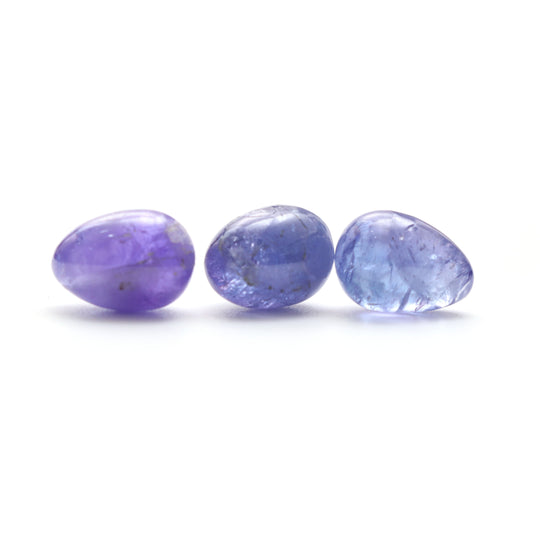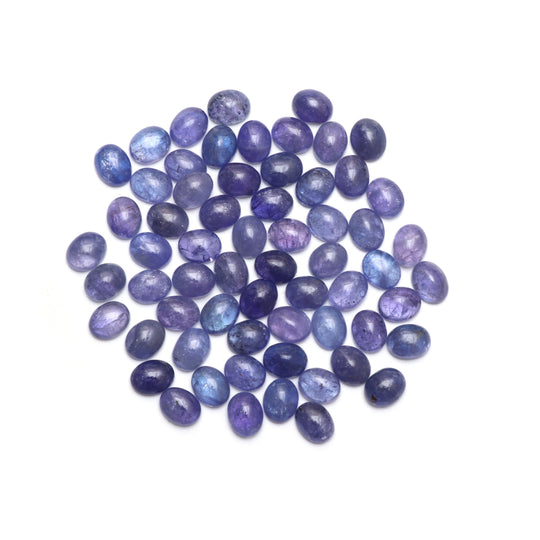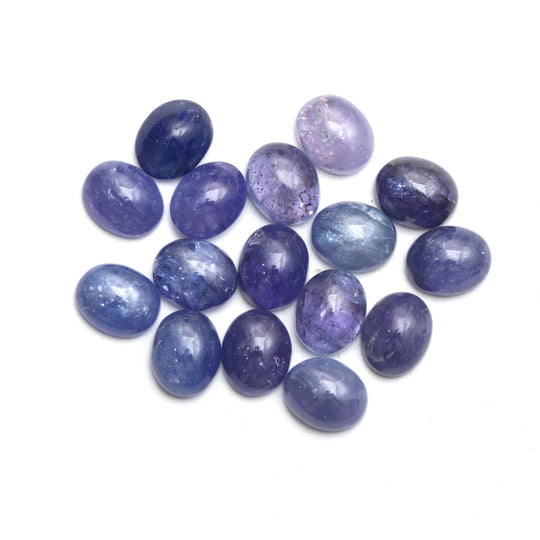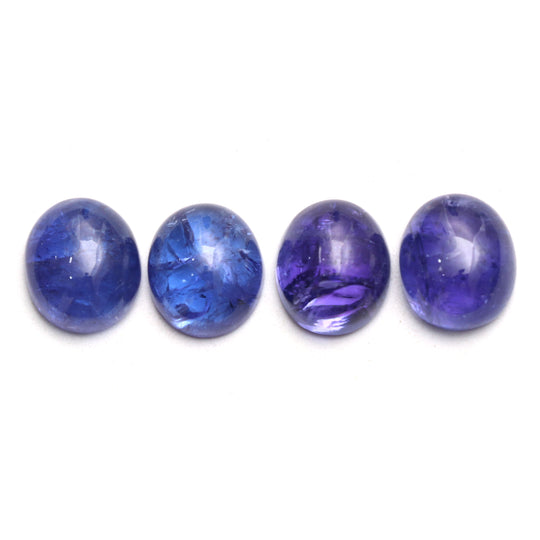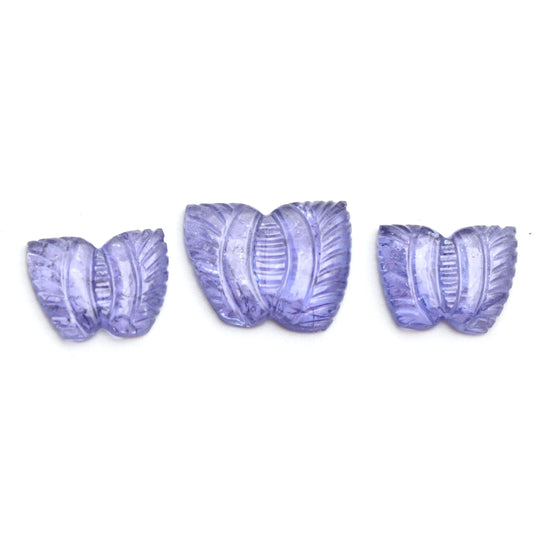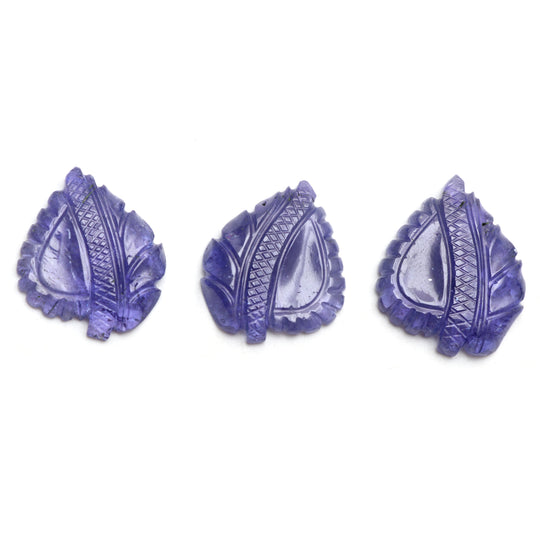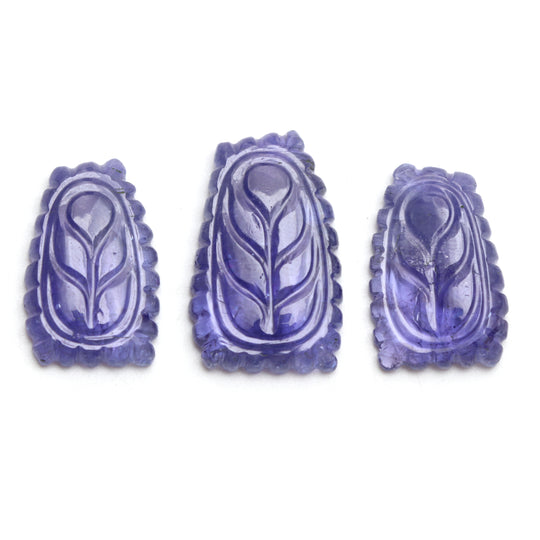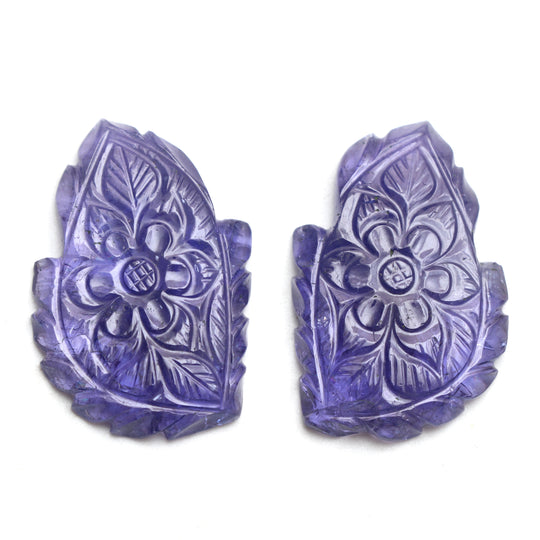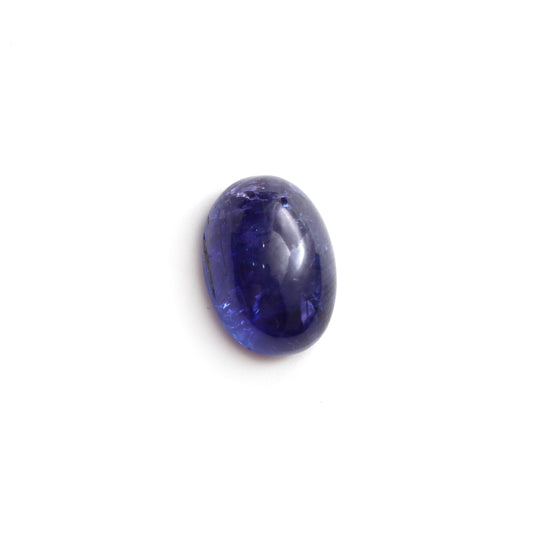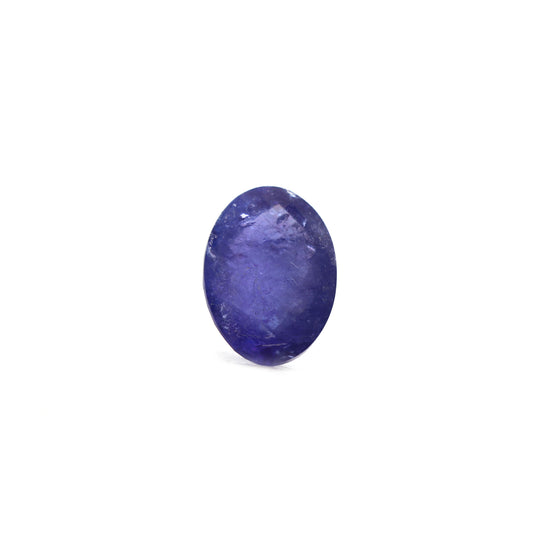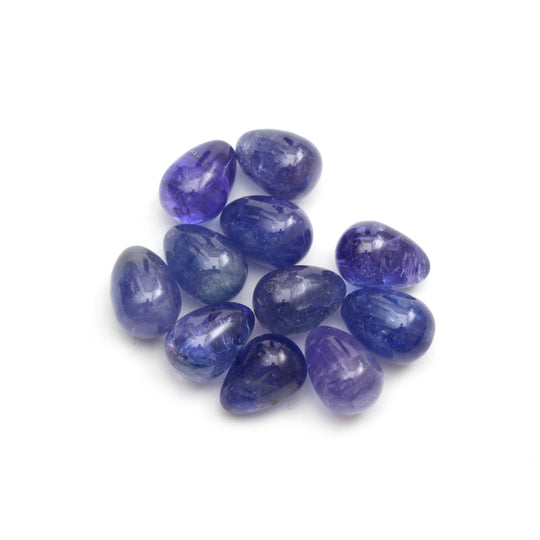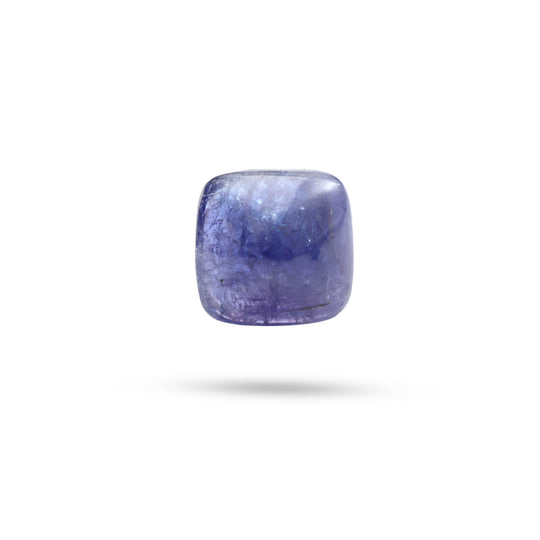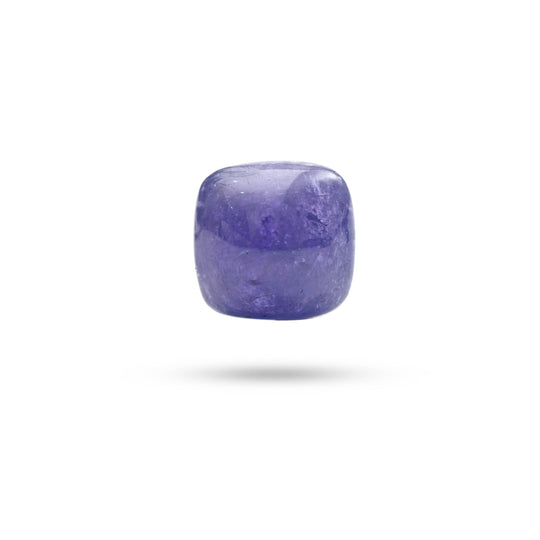Tanzanite Gemstone
A colorful gem called tanzanite was found in Tanzania about 50 years ago. It is a well-known gem that is only commercially mined in a small region of Tanzania.
It is one of the rarest gemstones on earth and one of the most underrated gemstones about its rarity. It would be logical to anticipate that it would sell at a significant premium given its rarity. It is a form of zoisite mineral, which attracts most buyers for its exquisite violet or blue color. This magnificent gem may balance a person's life by activating various chakras.
Tanzanite
Poised between lush blue, vibrant violet, and rich purple, exotic tanzanite is found in only one place on earth, near majestic Mount Kilimanjaro.
National Facets
£724.00
£781.00
National Facets
£378.00
£408.00
National Facets
£406.00
£439.00
National Facets
£292.00
£315.00
National Facets
£262.00
£283.00
National Facets
£1,170.00
£1,264.00
National Facets
£300.00
£323.00
National Facets
£354.00
£383.00
National Facets
£1,103.00
£1,191.00
National Facets
£208.00
£224.00
National Facets
£124.00
£133.00
National Facets
£3,853.00
£4,161.00
National Facets
£668.00
£722.00
National Facets
£643.00
£694.00
National Facets
£410.00
£443.00
National Facets
£505.00
£545.00
National Facets
£331.00
£357.00
National Facets
£320.00
£346.00
- ←
- →
What is a tanzanite Gemstone?
The Tanzanite gemstone is a trichroic stone that reflects a variety of hues, from pale blues or lilacs to intense indigos and violets. It was found in the 1960s in Tanzania, where Tiffany & Co. named it after when it was found.
The renowned jewelry company declared it to be the most exquisite stone found in the previous 2,000 years. It is extremely rare because it is only discovered and mined in a tiny area only four kilometers wide by two kilometers long at the base of Mount Kilimanjaro in the Manyara Region of Northern Tanzania.
According to a Tanzanian geologist, the conditions that led to the production of tanzanite 585 million years ago were so extraordinary that there is a one in a million chance that it will be found somewhere else on the planet, making it 1,000 times rarer than diamonds.
The geologist predicts that at the current rate of mining, the supply will run out within the next 25 years. Because this generation will be the last to be able to purchase these tanzanite gemstones from the main market before the supply runs out, tanzanite is regarded as the "gemstone of a generation."
What are the types of tanzanite Gemstones?
Tanzanite has no distinct species or variations. Only in Tanzania's Merelani Hills can one find tanzanite. The majority of tanzanite has been heated to transform it from a brownish hue to the stunning deep blue to violet-blue for which the gem is famous. The change is ongoing.
What are the properties of tanzanite Gemstone?
Geological properties
Heat cut and polished stones to a temperature between 752 and 932 degrees Fahrenheit to produce the blue and violet hues associated with the gem (400-500 degrees Celsius). Before being treated, zoisite crystals resemble ordinary brown pebbles, therefore the gemstone wasn't identified until 1962 when the lightning started a brushfire, which by chance heated some stones on the surface to the correct temperature. Soon later, tanzanite was found when a local Maasai livestock herder spotted a stone glittering in the sunlight. The stone was given the name "tanzanite" in honor of its place of origin once it arrived at New York Jewelers Tiffany and Co.
Healing properties
Many people believe that tanzanite promotes a higher consciousness and improves perception and intuition. According to some, it promotes vitality and aids in the body's detoxification. In situations where you demand a relaxing and soothing presence, it is advised to wear or keep around. Although some people think the stone can stimulate the throat and brain and maintain youth due to its high vibration level.
Another common belief is that because this stone requires high heat to reach its full potential, it may also do the same for its wearer and enable them to connect with their opposite personality traits
Where is the tanzanite Gemstone found?
This natural tanzanite gemstone is only discovered and mined in a small region only four kilometers wide by two kilometers long at the base of Mount Kilimanjaro in the Manyara Region of Northern Tanzania.
What color is tanzanite Gemstone?
The Natural mineral zoisite can be found in a variety of hues, including colorless, gray, yellow, brown, pink, green, blue, and violet. The color range of zoisite known as "tanzanite" includes shades of blue, violet, and violetish purple.
This gemstone has a special quality known as pleochroism, which causes it to appear to be a different hue depending on the angle from which it is seen. Due to pleochroism, the basic colors of Tanzanite gemstones combine to create gemstones of bluish-violet color. A highly skilled professional is needed to identify genuine colored Tanzanite because the gemstone's color is altered in some way.
Where to buy tanzanite Gemstones in the USA?
Various raw shapes, such as round, oval, pear, square, trilliant cut, emerald cut, and princess cut, faceted tanzanite beads are available in our extensive selections of loose tanzanite stones for wholesale. also, some distinctive cuts that you might not have seen elsewhere.
We have dozens of options to pick from, whether you're looking for a specific gemstone size, a specific shape, or simply something that matches the appearance you want. And if you have a favorite raw, loose stone, cabochon tanzanite gemstone we would be happy to create a piece of jewelry just for it. We also carry Portuguese, Red Flash, Cushion Cut, Emerald Cut, Pear Shaped, Oval, Round, Princess, and Trillion Tanzanites. Also, unheated tanzanite gemstones are available here.
Check out the Gem Manufacturers National Facet website right away to buy gemst wholesale tanzanite stones and grasp the great deals.
Frequently Asked Questions
Q: What is so special about tanzanite?
A: Of Course, it is special because According to estimates, tanzanite is 1000 times rarer than diamonds. This is a result of its limited distribution across a very small area of the world.
Q: Is tanzanite a real gemstone?
A: Yes, This gemstone tanzanite is one of the natural and real gemstones on earth and one of the most underrated of its rarity.
Q: How can you tell if tanzanite is real?
A: View the jewel in natural light and then under incandescent light to verify its genuineness. Real Tanzanites typically have a blue color with a hint of purple when exposed to natural light. However, the gem will appear more purple and may even show some red or pink flashes when illuminated by incandescent light.
Q: Can I wear tanzanite every day?
A: No, it is not advisable to wear these tanzanite gemstone beads. Because it is a somewhat soft stone with a Mohs hardness level of 6 to 7, it is unsuitable for daily use but perfect for showing its vibrant colors on special occasions.
Q: How much is tanzanite worth today?
A: Yes, it is worth buying. Like a diamond, the value of tanzanite is dependent on the four c's. Richer hues are more valuable. The majority of tanzanites are relatively clean, and obvious inclusions have a significant impact on their value. At 1 carat, 2 carats, and 3 carats, the price per carat increases. The price per carat reaches its maximum at 3.00 carats and is very stable up to 20 carats. Prices might vary by up to 50% depending on the cut and polish quality.
Q: Which is better: tanzanite or amethyst?
A: When compared to amethyst, tanzanite is a slightly softer stone. Its hardness on the Mohs Scale is approximately 6.5, while amethysts are 7.
Tanzanite has remained more expensive and valuable than Amethyst because of its scarcity.
Tanzanite is more dense than amethyst, according to geologists. Amethyst has a density of 2.66 while Tanzanite has a density of 3.35.
Tanzanite can be found in a variety of colors, including blue, pink, yellow, and green, although blue is the most prevalent and dominating of all the hues. Hence, blue zoisite is its mineralogical name. On the other hand, amethyst features mild lavender and violet undertones in addition to its dominating color of purple.
Tanzanite possesses an orthorhombic crystallization structure, just like any other form of zoisite. Amethyst, on the other hand, has a hexagonal crystal structure.
Despite the two stones' great differences in color and shape, they are stunning and astonishingly heighten elegance.
Q: What is the rarest gem on earth?
A: Tanzanite is one of the rarest gemstones on earth and one of the most underrated gemstones about its rarity. It would be logical to anticipate that it would sell at a significant premium given its rarity.

